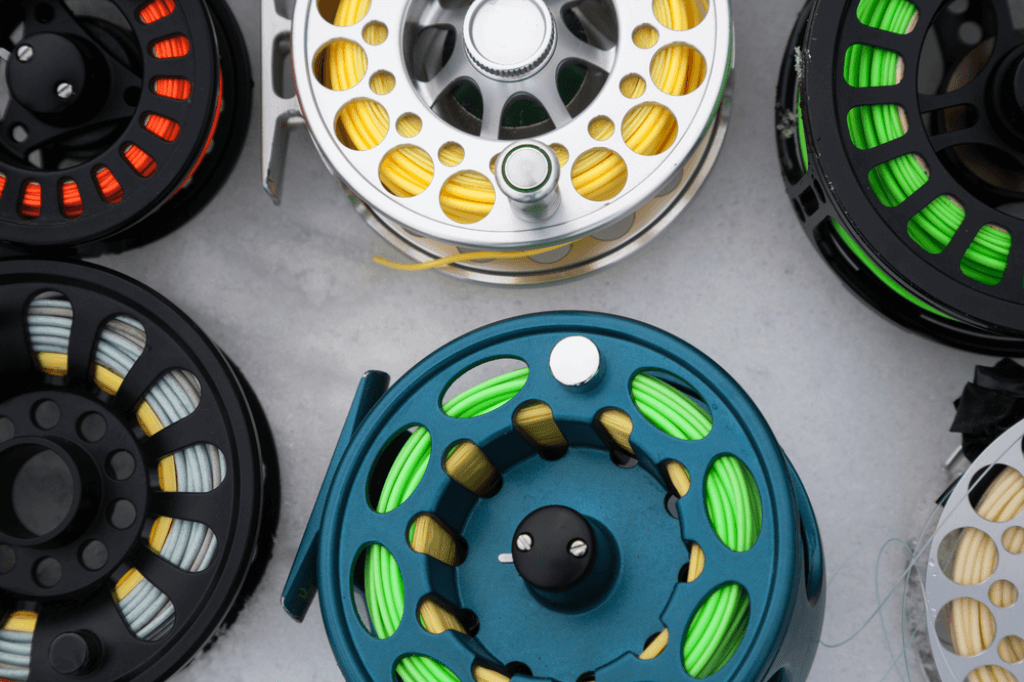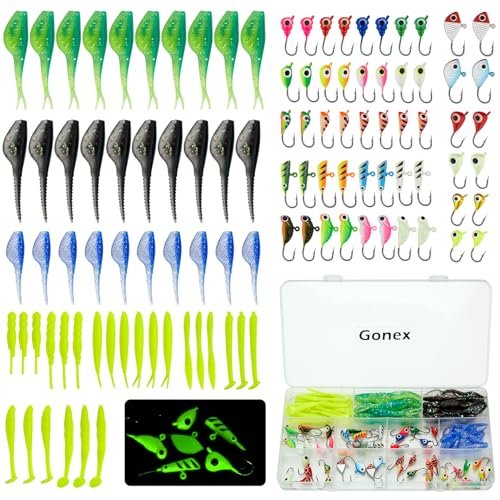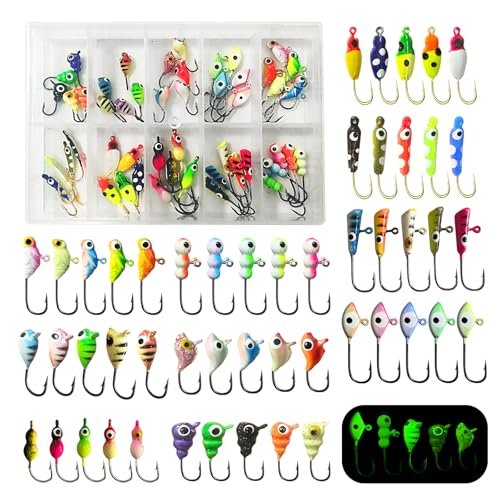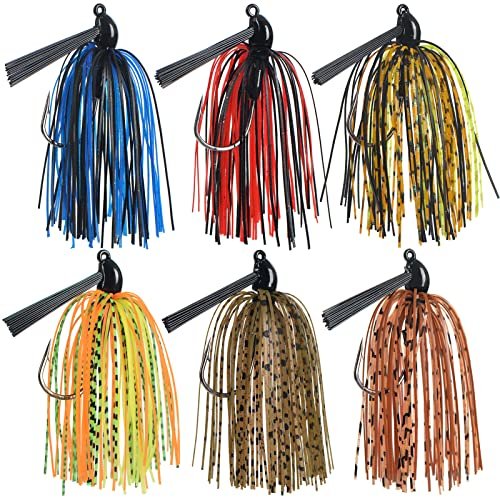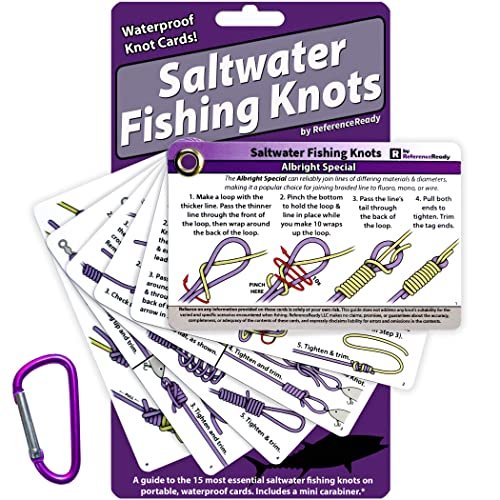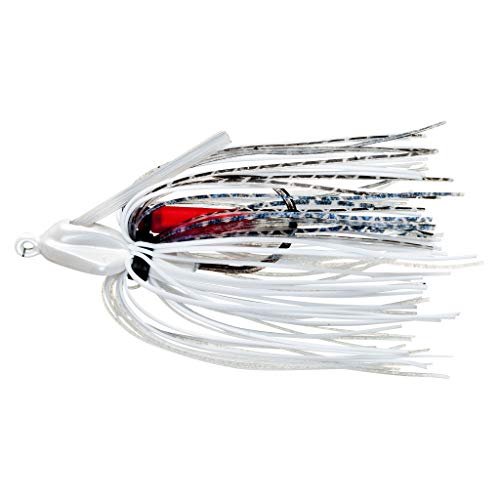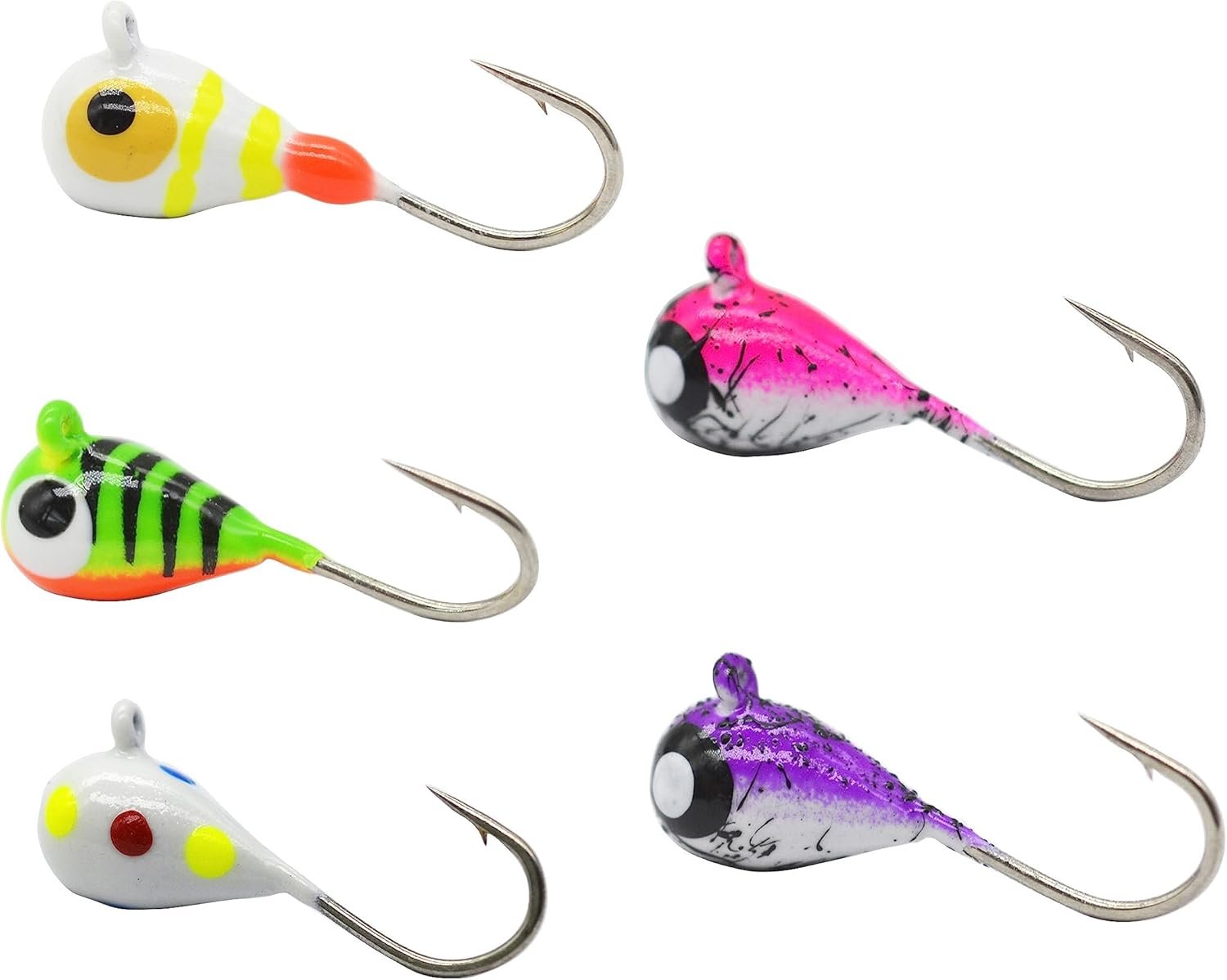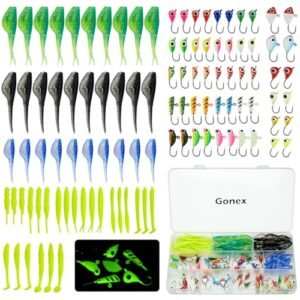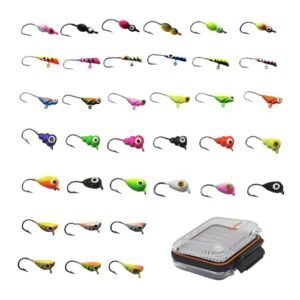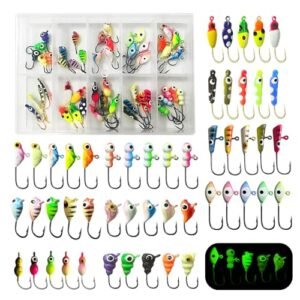Fishing enthusiasts often choose their line based on specific needs. Monofilament is popular due to its versatility and cost-effectiveness. It is made from a single strand of nylon, making it strong yet flexible. Braided lines, on the other hand, consist of multiple strands woven together, offering superior strength and sensitivity.
Fluorocarbon lines are nearly invisible underwater and highly resistant to abrasion. Each type has its advantages, depending on the fishing conditions and target species. Understanding these options helps anglers make informed decisions, optimizing their fishing experience.
The Allure Of Monofilament
Monofilament fishing line is popular because it is cost-effective. Anglers of all levels can afford it. It is made from a single strand of material. This makes it easy to produce. As a result, prices are low. Many beginners choose monofilament for its affordability. It is also easy to find in stores. This makes it a go-to option for many fishermen.
Monofilament is known for its versatility. It works well in both saltwater and freshwater. The line is also flexible. This helps when reeling in fish. Its stretchiness provides a buffer. This means fewer lost catches. The line is also clear. Fish have a hard time seeing it. This increases the chance of a catch.
Comparing Fishing Line Types
Fishing line is called monofilament because it consists of a single strand of material. Besides monofilament, there are braided and fluorocarbon lines available, each offering unique benefits for different fishing techniques.
Monofilament Vs. Braided Lines
Monofilament is a single strand of material. It is known for its stretch and ease of use. Braided lines are made of multiple strands woven together. They are stronger and have less stretch. Monofilament is more forgiving and easier to handle. Braided lines are better for heavy cover and long casts.
Monofilament Vs. Fluorocarbon
Fluorocarbon is almost invisible underwater. This makes it great for clear water. Monofilament is more visible but also more buoyant. Fluorocarbon is denser and sinks faster. It is more abrasion-resistant than monofilament. Monofilament is easier to tie knots with. Fluorocarbon is stiffer and can be harder to manage.
Key Properties Of Monofilament
Monofilament fishing line is known for its stretch. This means it can absorb shocks better. This feature helps when a fish pulls hard. It keeps the line from breaking easily. Sensitivity is less compared to other lines. It can be harder to feel small bites from fish.
Monofilament has good buoyancy. It floats on water. This makes it great for topwater fishing. Knot strength is another key property. The line holds knots well. This is important to keep the hook secure. Even kids can tie strong knots with it.
Impact On Fishing Success
Monofilament line stretches more than other types. This helps in setting the hook firmly. It absorbs sudden pulls, protecting the line from breaking. Anglers find it easier to use with various hook sizes. This flexibility increases the chances of a successful catch.
Monofilament is lighter and more flexible. It allows for longer casts with greater accuracy. Anglers can reach distant spots where fish are hiding. Wind resistance is lower, helping to maintain a straight path. This results in more precise casting, increasing fishing success.
Monofilament’s Environmental Footprint
Monofilament fishing lines can take up to 600 years to degrade. This long lifespan is harmful to the environment. Animals can get tangled in old fishing lines. Birds, fish, and other wildlife can suffer. Monofilament can also break into smaller plastic pieces. These pieces can pollute waterways and oceans. The environmental impact is significant and lasting.
Some programs collect old monofilament lines. They aim to recycle and reuse them. Special bins are placed at fishing spots. Fishermen are encouraged to use these bins. Recycled lines can be turned into new products. Examples include fish habitat structures and tackle boxes. This helps reduce waste and protect wildlife.
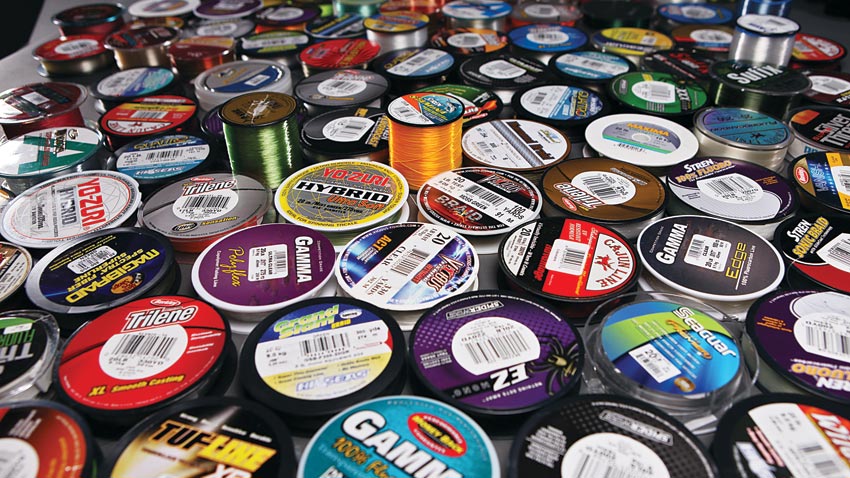
Innovations In Monofilament Technology
Monofilament fishing lines now have UV resistance. This helps them last longer in the sun. Abrasion resistance is also improved. This means the line won’t break easily. Fishermen can use it near rocks and logs.
New colors make monofilament more invisible in water. Fish can’t see it. Some lines even change color in different light. High-visibility lines help fishermen see their lines better. This is great for night fishing.
Expert Anglers’ Perspectives
Top anglers prefer monofilament for its strength and flexibility. It is the most common type used in tournaments. Mono can stretch under pressure. This helps to absorb shocks from strong fish. It is also more affordable. Many experts believe it is great for beginners too.
Some anglers like to use fluorocarbon lines. These are nearly invisible underwater. Others prefer braided lines for their toughness. Personal choice depends on fishing style and target species. Testimonials often highlight the smooth casting of monofilament. Many find it easier to handle. Each type has its own advantages.

Credit: www.outdoorgearlab.com
Choosing The Right Line For Your Reel
Monofilament is a single strand of material. It is strong and flexible. It is easy to handle and cast. Braided lines are made of several fibers. They are very strong and thin. Fluorocarbon lines are almost invisible underwater. Each type has its own benefits. Choose a line that fits your fishing style.
Clear water calls for fluorocarbon. It is nearly invisible to fish. Murky water suits braided lines. They are tough and strong. Think about the fish you are targeting. Big fish need strong lines. Small fish can be caught with lighter lines. Match your line to the water and the fish.

Frequently Asked Questions
What Are The Three Types Of Fishing Line?
The three types of fishing line are monofilament, fluorocarbon, and braided. Monofilament is versatile and affordable. Fluorocarbon is nearly invisible underwater. Braided line is strong and durable.
Why Is It Called Monofilament?
It is called monofilament because it consists of a single, continuous strand of material. This type of filament is commonly used in fishing lines and 3D printing due to its strength and durability.
What’s The Difference Between Monofilament And Fishing Line?
Monofilament is a single-strand fishing line made from nylon. Fishing line includes monofilament, braided, and fluorocarbon types. Monofilament is versatile and affordable.
What’s Better, Mono Or Fluorocarbon?
Fluorocarbon offers better abrasion resistance and invisibility underwater. Monofilament is more flexible and easier to handle. Choose based on your fishing needs.
Conclusion
Monofilament fishing line is popular due to its versatility and cost-effectiveness. Anglers also use braided and fluorocarbon lines. Each type offers unique benefits for different fishing situations. Choosing the right line can enhance your fishing experience. Explore and find the best fit for your needs.
Happy fishing!
